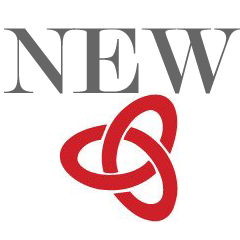
| ||||
BtoB Connect vs Above the Standard Franchise Comparison
Below is an in-depth analysis and side-by-side comparison of BtoB Connect vs Above the Standard including start-up costs and fees, business experience requirements, training & support and financing options.
Start-Up Costs and Fees |
||
| Investment | $20,000 - $30,000 | $61,400 - $73,900 |
| Franchise Fee | $20,000 | $49,900 |
| Royalty Fee | $50 per chapter/per mo plus administration fee $150/mo | 15% |
| Advertising Fee | - | - |
| Year Founded | 2005 | 1981 |
| Year Franchised | 2008 | 2010 |
| Term Of Agreement | 5 or 10 years | 10 years |
| Term Of Agreement | 5 or 10 years | 10 years |
| Renewal Fee | - | - |
Business Experience Requirements |
||
| Experience | - | - |
Financing Options |
||
| In-House/3rd Party | In-House/3rd Party | |
| Franchise Fees | -/- | -/- |
| Start-up Costs | -/- | -/- |
| Equipment | -/- | -/- |
| Inventory | -/- | -/- |
| Receivables | -/- | -/- |
| Payroll | -/- | -/- |
Training & Support |
||
| Training | Online and by video conference. Launch of your local area by franchisor. | - |
| Support | Centralized accounting/collection Centralized membership administration Member portal online Automated member communications/correspondence Online referral engine Member2Member benefits | - |
| Marketing | Online website. Email mailings. Additional Services: Grand Opening, online website. | - |
| Operations | Average Number of Employees: 1 Part-time. Passive Ownership: Allowed. | Franchise can be run from home. Absentee ownership of franchise is allowed. (100% of current franchisees are owner/operators). |
Expansion Plans |
||
| US Expansion | Yes | - |
| Canada Expansion | - | - |
| International Expansion | - | - |
Company Overviews
About BtoB Connect
About Above the Standard
*Procurement/sourcing expertise *Purchasing and management staff training *Procurement outsourcing for all or part of your purchasing department *Finance and Administrative Services *Business growth *Reduce costs and increase quality *Centralize procurement *Provide needed products or services *Build new markets in your company *Provide Just-In-Time Inventory (JIT) *Increase supply chain efficiency *Retain best value and remain competitive *Compliance *Supplier performance improvement *Support day-to-day buying activity *Policy/Procedure creation, implementation, validation *Transaction automation and processing *Bring focus to core competencies. *Develop strong end-user to provider relationship *Lower procurement related labor costs *Improve overall procurement performance *Provide greater control, reporting, and supplier compliance *Organization and internal cost performance *Data for benchmark analysis, goals, and results *Procurement personnel training *Procurement department creation and implementation
 Updated Recently
Updated Recently